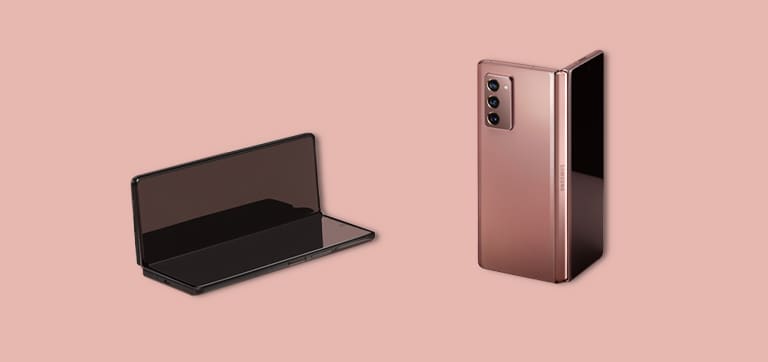
Our Perspective of the Flagship iPhone X
It goes without saying that the iPhone X took the world by storm, following the product’s launch event in September. With its latest flagship mobile device, Apple appears to have taken a monumental step forward in a wide array of technologies. In this piece, we will run through the phone’s features and specifications, giving insight into what to expect from the phone. We will cover the phone’s core features that include its design, display, camera, battery life, and the unique feature – facial recognition.
Let’s dive in!
Overall Design and Appearance
Keeping consistent with Apple’s reputation, the iPhone X offers a sleek glass-panelled front and back that has a metal band running around the edge. Unlike the iPhone 8 the iPhone X metal bands are made from stainless steel, which makes it heavier than the 8. While the glass panels are slated to be the most durable, several drop tests and experiments have proven that the use of a phone case is highly recommended. The iPhone X is water, splash, and dust resistant, which means that you do not have to worry if you accidentally drop your phone into a pool of water.


The removal of the phone’s home button and finger print reader from the bottom of the screen allows the display to extend right to the edge of the device, giving it a stunning look. The power and volume buttons remain as they were in previous iPhone models. To make up for the lack of a home button, Apple has incorporated a new range of gestures that will seem very familiar to most Android users – although, in operation they seem much smoother and more innovative.
All in all, the phone’s design and appearance are excellent, despite being prone to smudges and fingerprints, and is also not as durable as Apple’s previous aluminium versions.
Display
The 5.8-inch display is what accentuates the phone’s gorgeous design, which extends to the device’s edges – given the lack of the home button and fingerprint scanner. Unlike the iPhone 8 and 8 Plus that come with LED displays, the X is the first iPhone to come with an OLED, High Dynamic Range (HDR) display. This means that the phone’s display lights up individual pixels when needed as opposed to requiring a backlight, in addition to providing crisp, lifelike imagery and colours.
The main downside about the phone is that it has the same “letterboxing” problem that several other flagship phones have, given its long screen, which means visual content will need to be cropped, with black bars appearing at the sides of the visuals, to meet the screen size’s dimensions.
Camera
The X’s camera consists of one 12-megapixel wide-angle lens and one 12-megapixel telephoto lens. Apple has included features like optical image stabilisation that helps users shoot images in low light, with reduced blur. The camera also comes equipped with an improved image signal processor that detects various objects in a scene – like people, motion, and lighting conditions. Apple has also introduced portrait lighting, which allows you to add striking shadows and spotlight effects. While the phone’s camera is not the best one on the market, the X’s camera most certainly would be perfect if you are looking for a great ordinary-use camera.

Battery Life and Charging
With a glass back panel, the iPhone X can now be charged wireless, although you would have to source a third-party charging pad since Apple does not have one of its own yet. Wireless charging is great because it removes the hassle of having to fiddle around with dangly wires that can be annoying. Additionally, with many public places installing wireless charging stations, you could easily enjoy a quick top up while running through your daily errands. The downside of wireless charging is that you would have to place your phone in a very specific way to make sure it charges properly- even it is slightly off centre. Hopefully, Apple’s recently announced “AirPower” wireless charging pad will help improve the accuracy and range of wireless charging – its expected to hit stores next year.
While we have spent a lot of time on wireless charging, you should know that you can still charge your phone the old-fashioned way, which is much faster. The overall battery life on your phone is not as great as the 8 and the 8 Plus, however, you can easily get through a full day on a single charge.
Face ID
This is probably the most talked about feature on the X, given that it has completely replaced conventional touch ID fingerprint authentication. While Face ID may initially take some time to get used to, it does get better over time after your first few attempts – especially from different angles and environments. This is something you cannot say about any of the other mobile devices out there that have similar Face ID tech.
Our Take?
All in all, the iPhone X is a fantastic device that once again has Apple being the first to take a giant step forward in a piece of technology. In this case, Face ID will continue to be the most talked about feature and, as time goes on, it will only get better – you can be sure to see other flagship manufacturers follow suit in the coming months to years, although we cannot be sure whether their tech will match up to Apple’s. At a steep price tag, starting at £999 for the 64GB version and going up to £1,149 for the 256GB model, the iPhone X is a phone we would recommend you buy if you are open to and comfortable with spending in that range.


